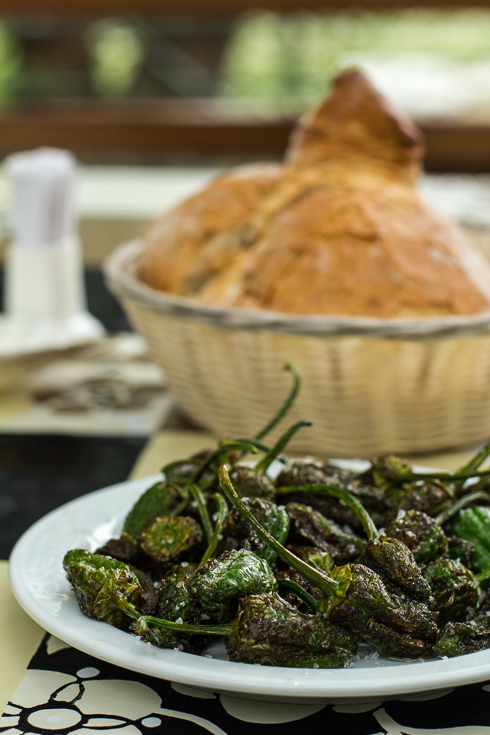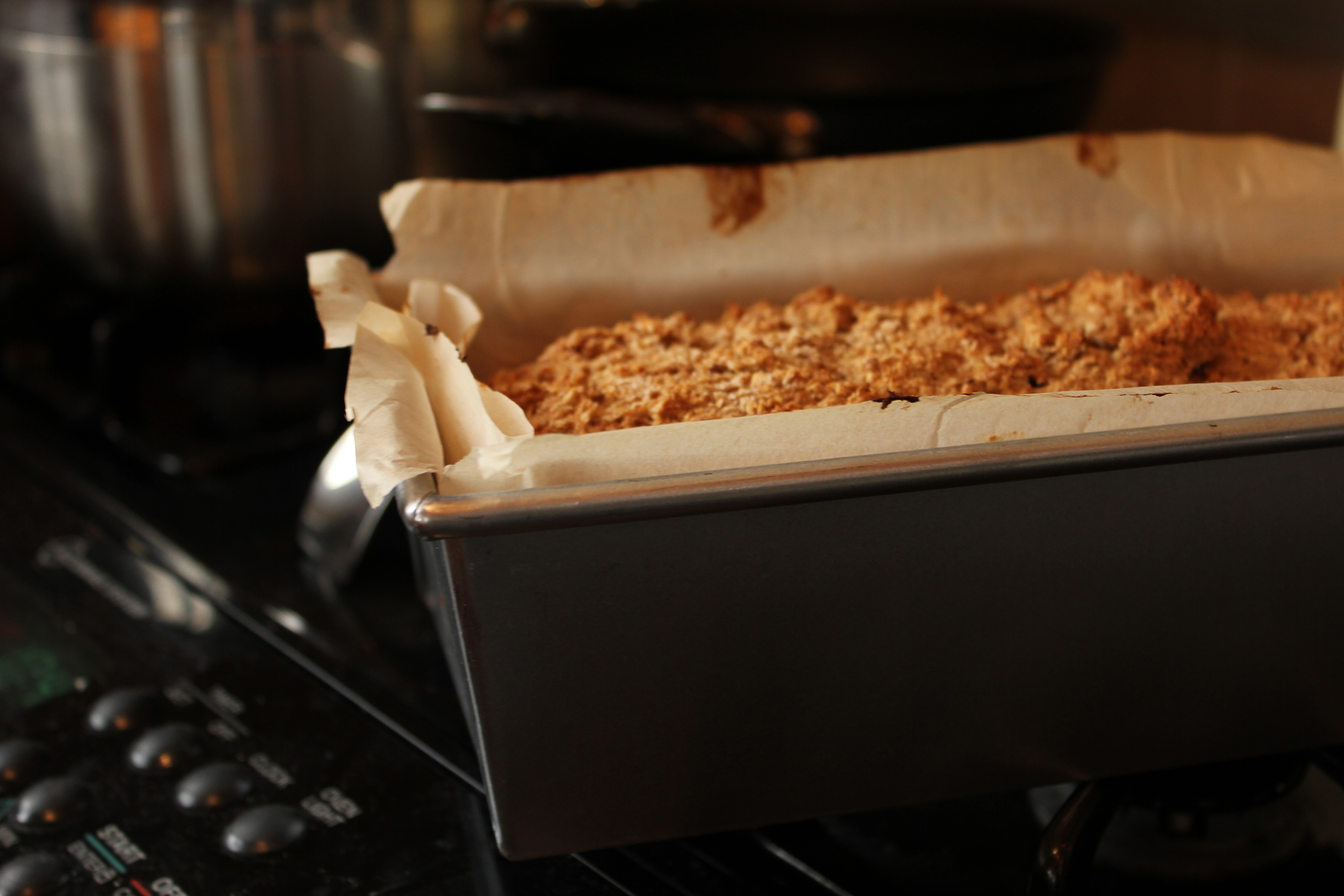It's just not Christmas without Shortbread
Shortbread is one of my favourites. I like experimenting with different flavours. This recipe has a great base and can easily be adapted with the flavouring of your choice. I've made it before with Lavender, Cayenne or Moroccan Ras El Hanout. But this lemony version is quite nice I think. The lemon is subtle but definitely present.
Lemon Shortbread
480 g (2 cups) butter
187 grams ( 1 1/2 cups) icing sugar
3/4 tsp vanilla
zest of 3 lemons
500 grams (4 cups) all purpose flour
1 tsp salt
Zest the lemon and mix it in with the flour and the salt. Set aside. Add in the flour in two parts, and mix until just incorporated. The dough forms large beads. At this stage, tip the dough onto a floured surface and form into 4 discs. Wrap in cling film and refrigerate until firm. (About 1 hour).
Preheat the oven to 300 F
Roll out the dough on a floured surface being careful not to overwork. The rolling pin is your friend, let it do the work without pressing too much. Roll to approximately 1/4 inch thick. Cut in to shapes of your choosing. With a floured palette knife, slide them off your work surface and onto a parchment lined baking tray. Chill in the fridge for approximately 20 minutes. Then cook one tray at a time in the centre of the oven for 20 minutes. I'm a bit intense about rotating the tray every five minutes but my oven tends to be a bit uneven.
When you take the trays out, let the shortbread cool on the tray for a minute or two, then remove to a rack and let cool completely. Keeps for up to a week or make it now and freeze for Christmas!
Want to receive posts like this, right to your inbox? Just enter your email below and the elves will get on it.






















